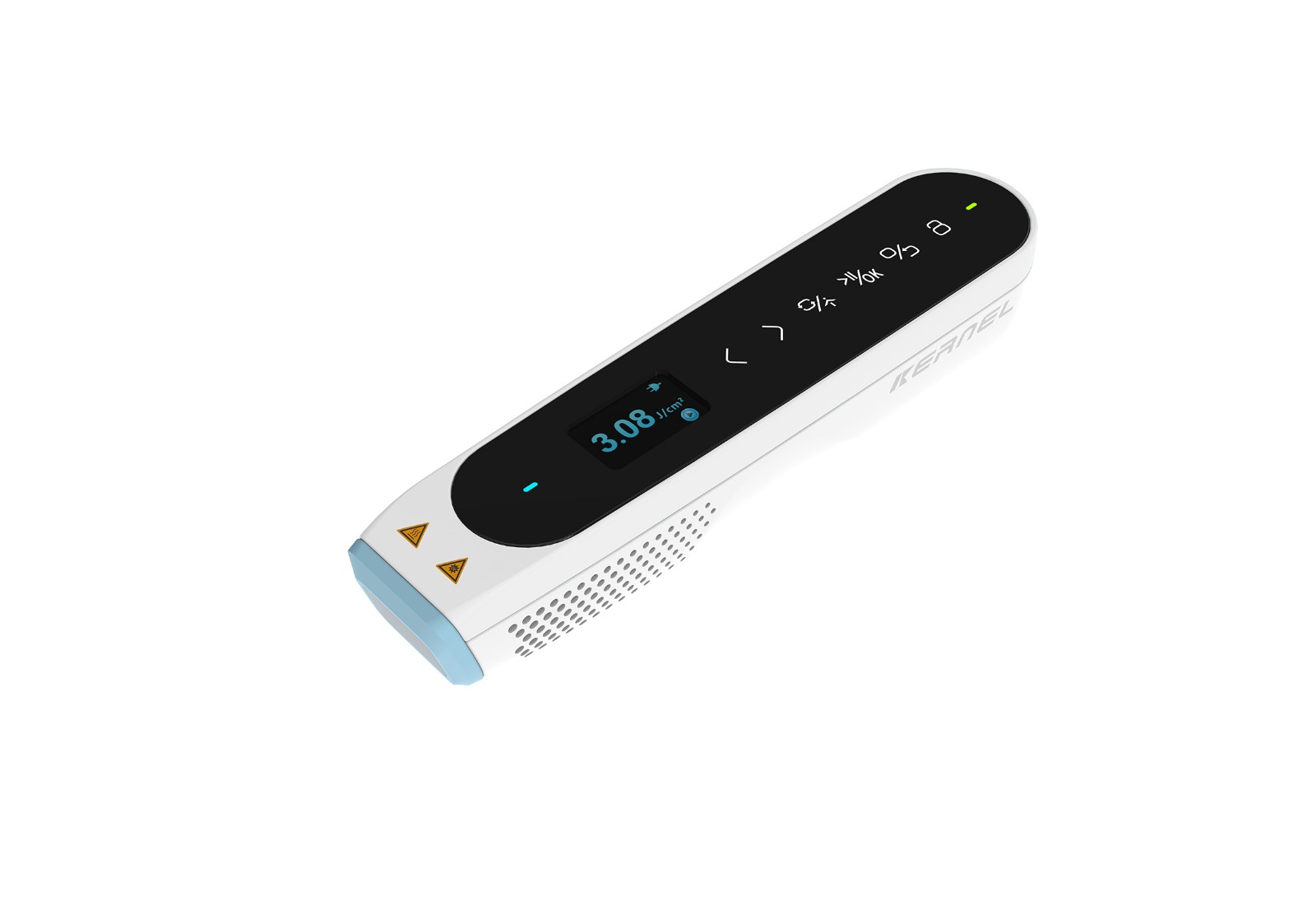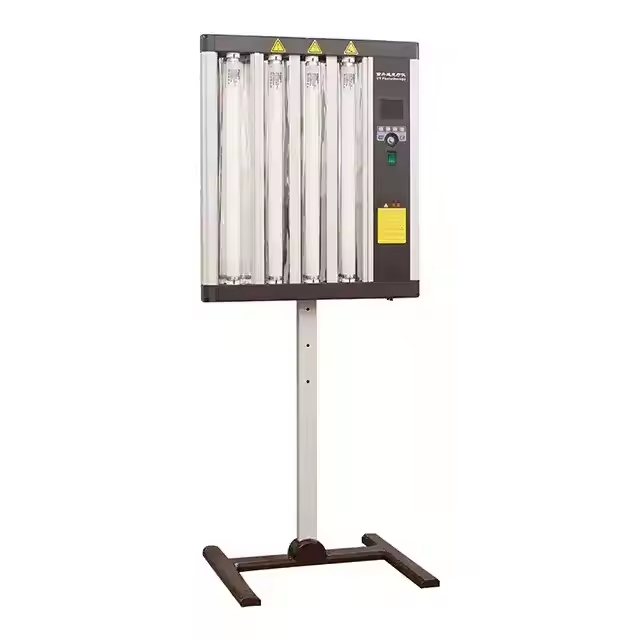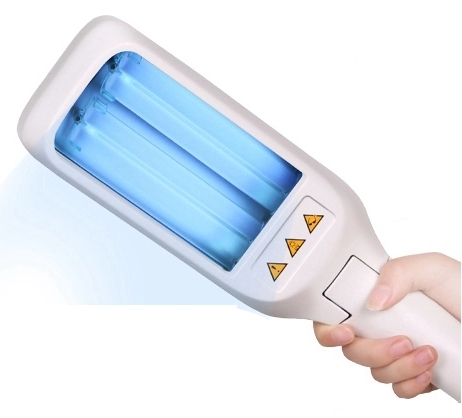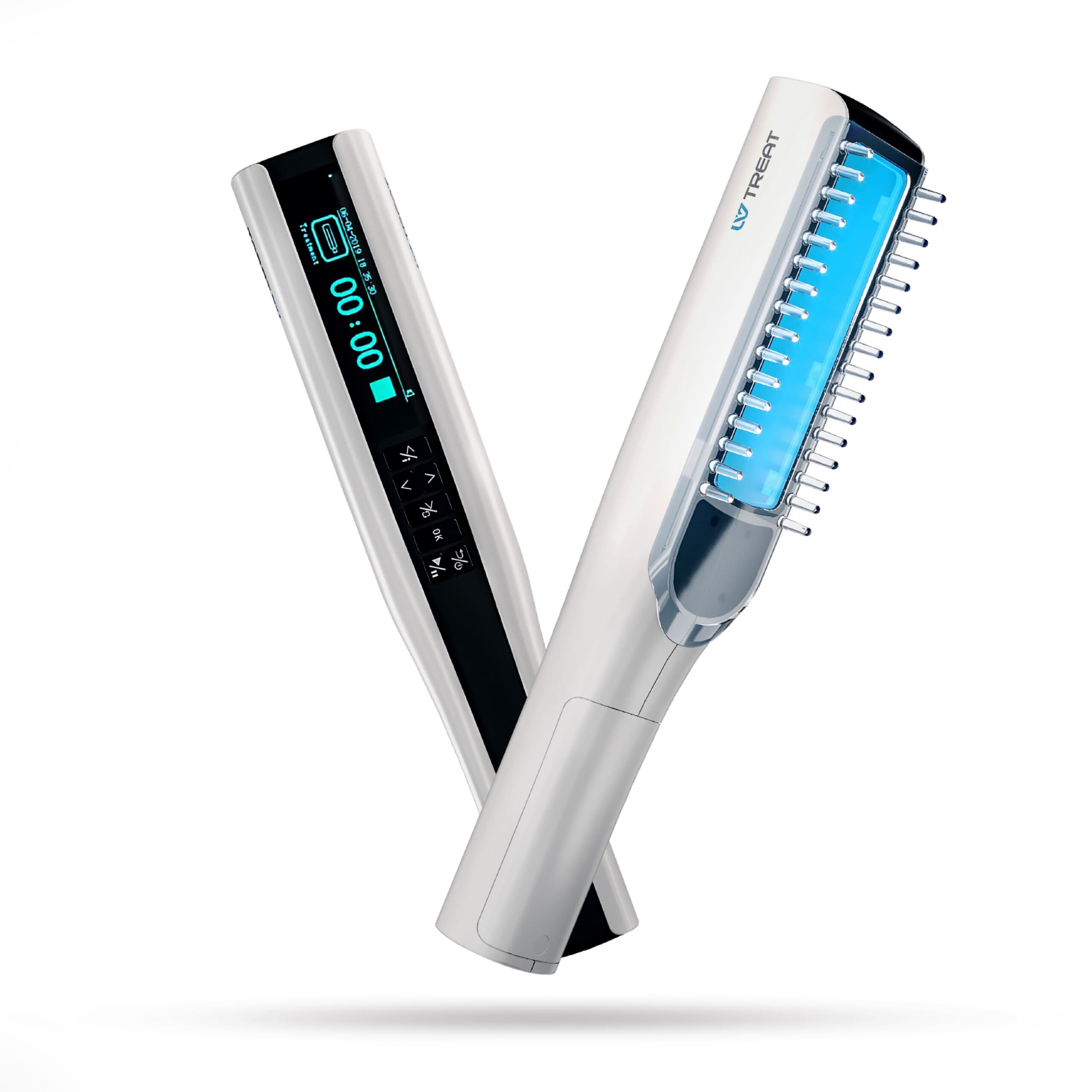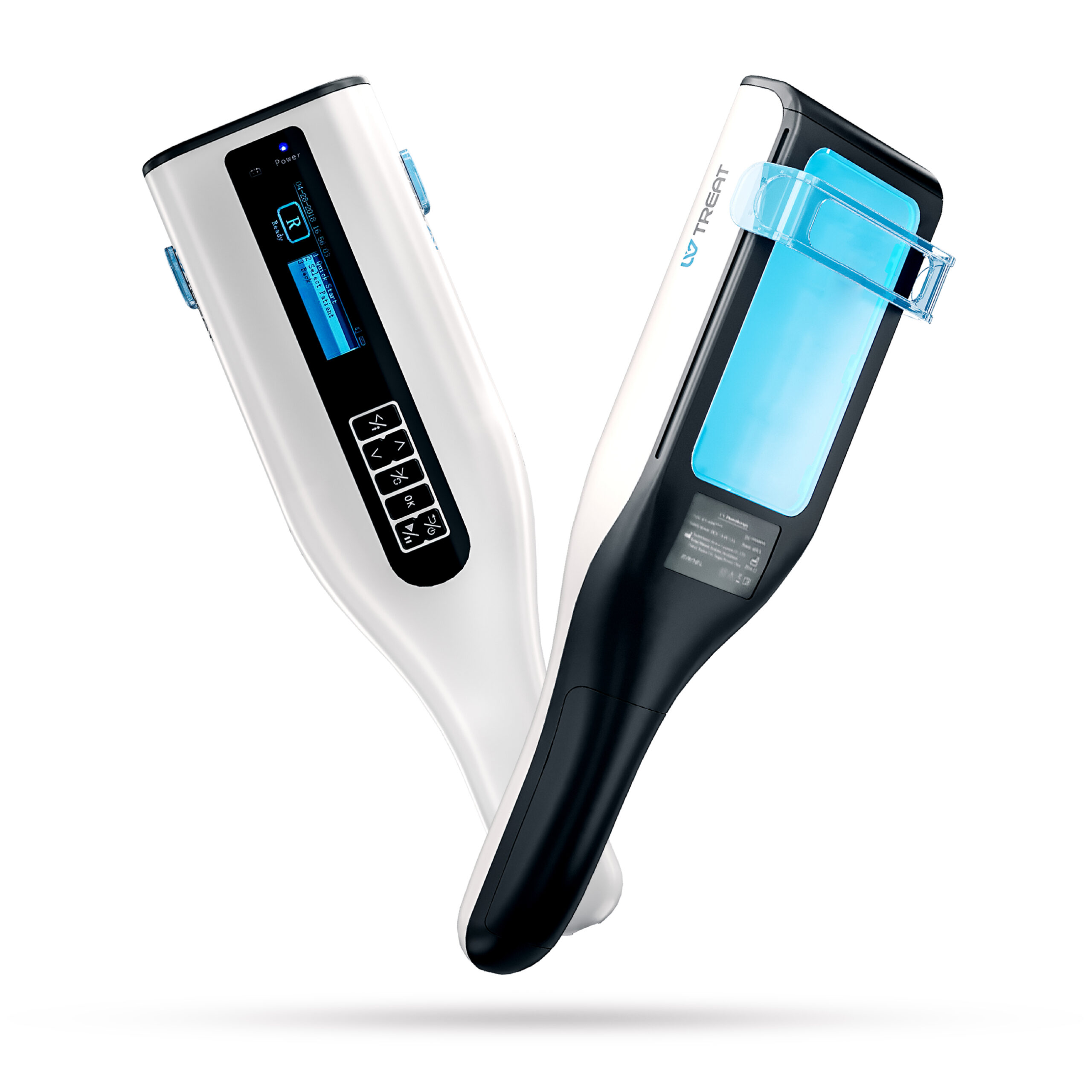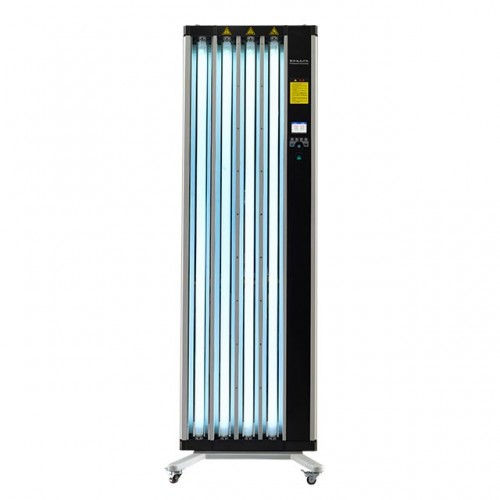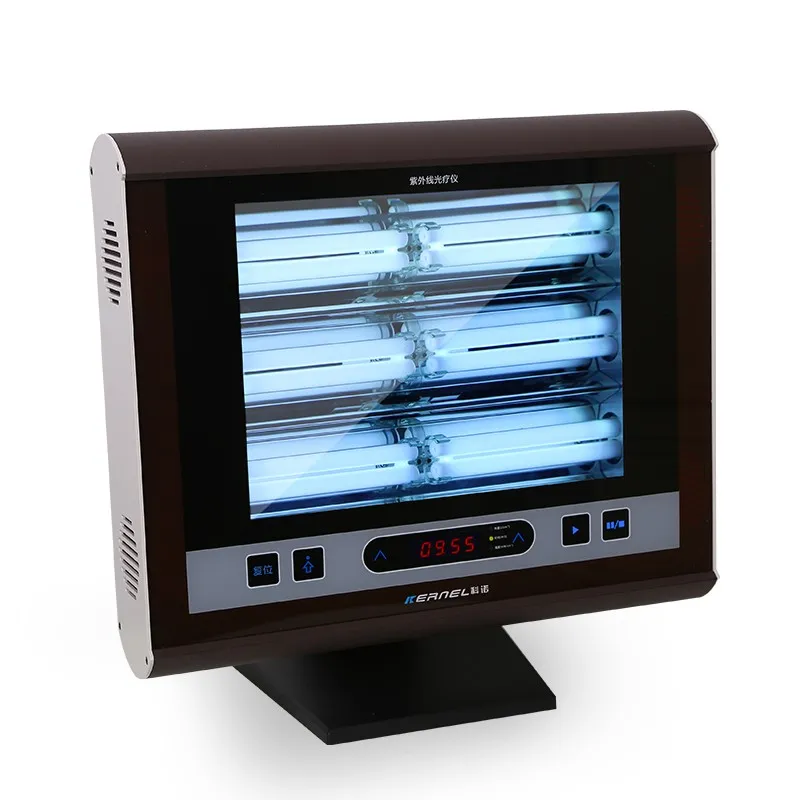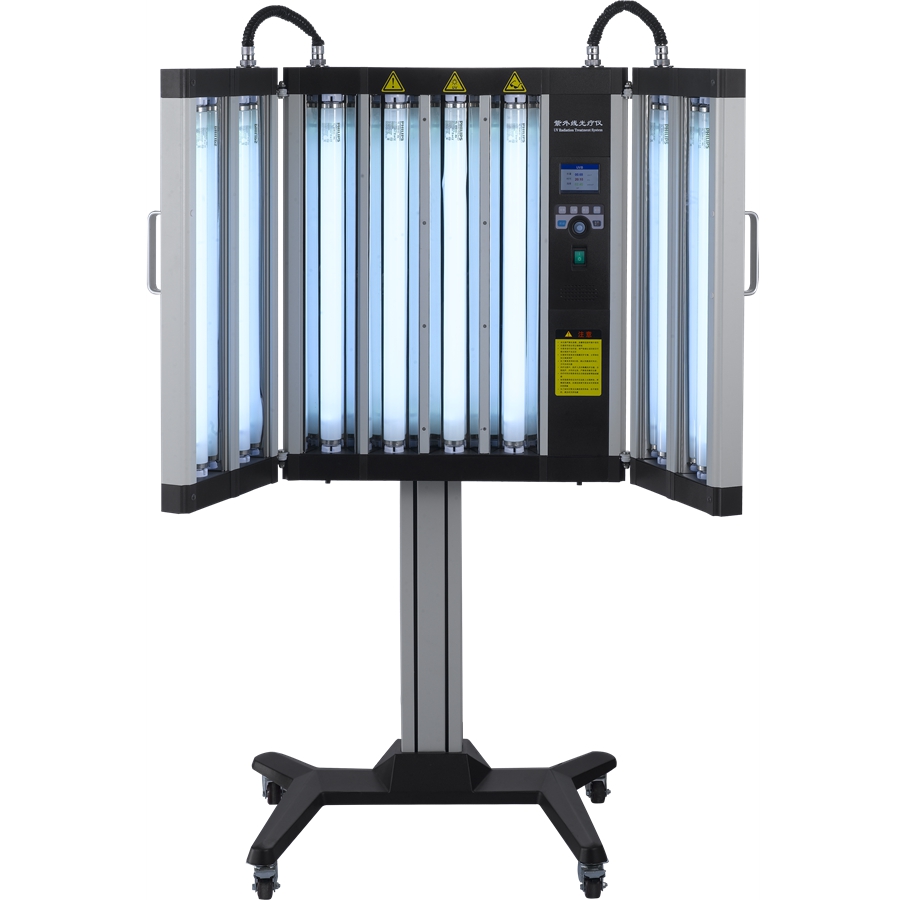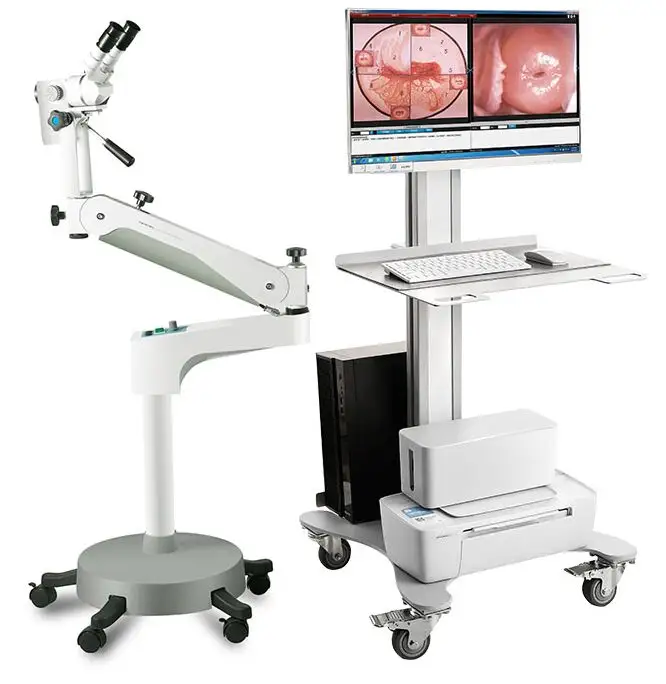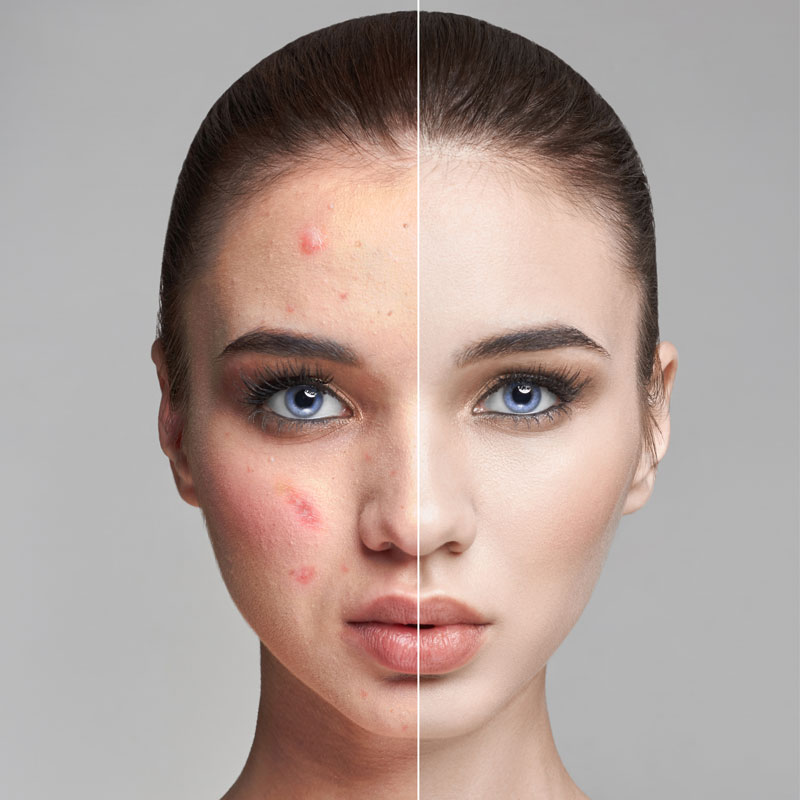Publicado el febrero 15, 2024
NB-UVB para el tratamiento del vitiligo, prurito y dermatosis inflamatorias
Samson et al. (2003) revisaron la evidencia sobre la fototerapia NB-UVB para el tratamiento del vitiligo, prurito y dermatosis inflamatorias. Este fue un estudio retrospectivo de los resultados del tratamiento de 117 pacientes consecutivos con vitiligo, prurito y otras dermatosis inflamatorias, excluyendo aquellos con psoriasis y linfoma cutáneo de células T (CTCL), tratados con NB-UVB entre 1998 y 2001 en la institución de los autores. Aproximadamente el 80% de los pacientes mostró mejoría en su condición. La fototerapia con UVB de banda estrecha fue bien tolerada, sin efectos adversos graves. En los pacientes con vitiligo, el 6.4% presentó un nivel anormal de hormona estimulante de tiroides y el 6.5% tenía anemia.
Los autores concluyeron que la fototerapia NB-UVB puede considerarse una opción terapéutica viable para el tratamiento del vitiligo, prurito y otras dermatosis inflamatorias. Además, indicaron que los efectos adversos a largo plazo y el análisis costo-beneficio de la terapia NB-UVB en comparación con otras modalidades de tratamiento aún deben ser determinados.
Referencias
- https://www.aetna.com/cpb/medical/data/200_299/0205.html
- Samson Yashar S, Gielczyk R, Scherschun L, Lim HW. Narrow-band ultraviolet B treatment for vitiligo, pruritus, and inflammatory dermatoses. Photodermatol Photoimmunol Photomed. 2003;19(4):164-168.
